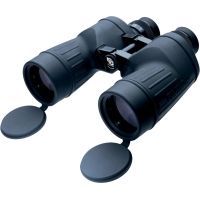Hi Denis,
but you are aware that the Fujinon has field flatteners too, right? As do the Nikon SE series to name some other porros with that technology.
Field flattener is the jargon term for a Smyths corrector which is designed to counteract an aberration called field curvature (the focal plane is not flat but curved - direction and amount depend on the telescope design - if the center is sharp and the edge is not but you can refocus so the edge is sharp and center is not, that's field curvature).
It has nothing to do with the 3d effect in porro binoculars which is caused by stereopsis and a wider stereo basis. There is another effect though, which allows depth perception even with monocular vision, that indeed is lost with field flatteners.
Joachim





